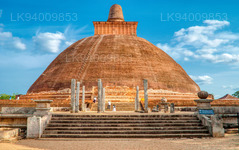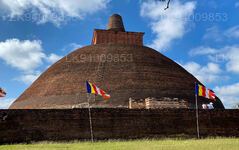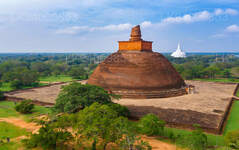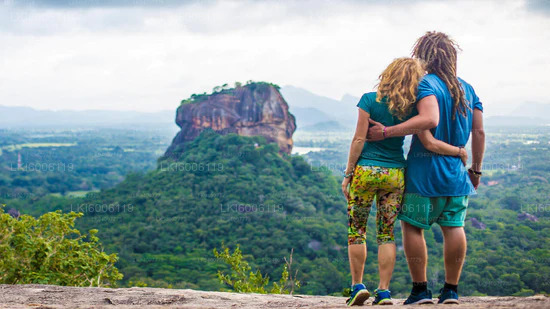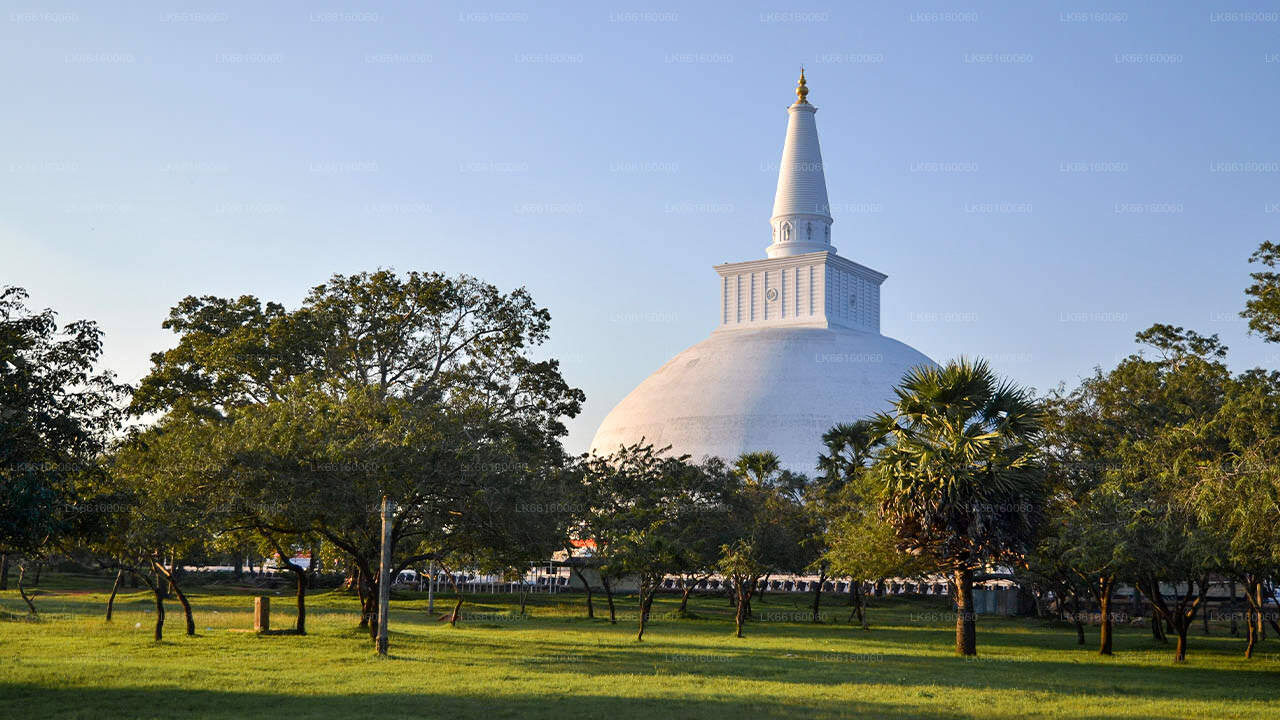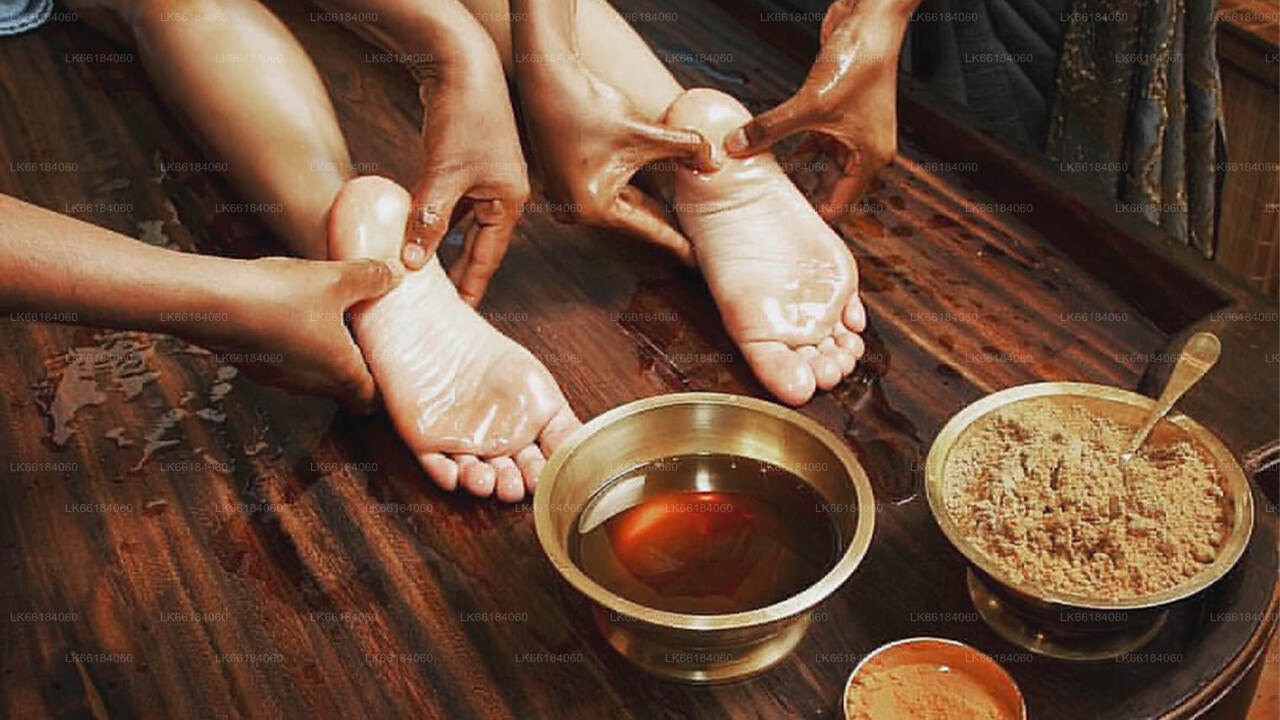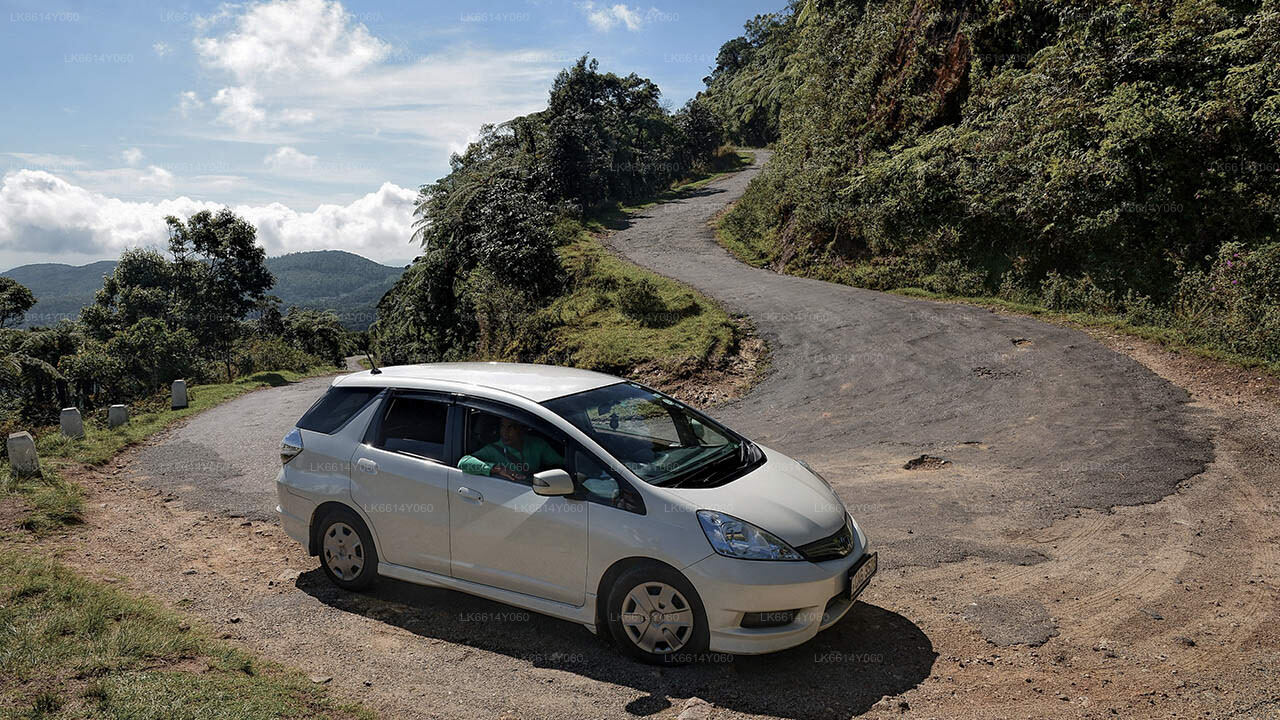
Anuradhapura City
Anuradhapura is belongs to the North Central Province in to Sri Lanka. Anuradhapura is one of the ancient capitals of Sri Lanka, famous for its well-preserved ruins of ancient Lankan civilization. The city, now a UNESCO World Heritage Site, lies 205 km north of the current capital Colombo in Sri Lanka.
ジェータヴァナラーマヤ ෴ ජේතවනාරාමය
ジェータヴァナラマストゥーパまたはジェタヴァナラマヤは、スリランカのユネスコ世界遺産都市アヌラーダプラのジェータヴァナ修道院の遺跡にあるストゥーパ、または仏教の聖遺物記念碑です。高さ 122 メートル (400 フィート) で、世界で最も高い仏塔でした。アヌラーダプラのマハセナ王 (273 ~ 301 年) によって建てられたときは、世界で 3 番目に高い建造物でした。彼は仏塔の建設を開始しました: 49アヌラーダプラのマハーヴィハーラヤ寺院の破壊後。彼の息子マガヴァンナ 1 世が仏塔の建設を完成させ、ポロンナルワのパラクラマバフ 1 世によって改修されました。仏陀が結んだ帯や帯の一部が仏舎利として祀られていると考えられています。
この構造は、上座部仏教と大乗仏教の宗派内の緊張を象徴するものであり、島の歴史の中で重要です。また、有史以来、古代世界で最も高い建造物の一つとして、またピラミッド以外の最も高い建物としても重要です。仏塔の高さは 122 メートル (400 フィート) で、古代世界で最も高い仏塔でした。 11 世紀のアヌラーダプラ王国の破壊と放棄により、仏塔は他の仏塔とともにジャングルに覆われました。 12 世紀のパラクラマバフ王はこの仏塔の改修を試み、元の高さから現在の高さに再建されました。現在、その高さは 71 メートル (233 フィート) です。
敷地面積は約 5.6 ヘクタールで、10,000 人の僧侶が住んでいたと推定されています。仏塔の一辺の長さは 176 m (576 フィート) で、四方の階段の幅はそれぞれ 9 m (28 フィート) です。中庭にある神社への門柱の高さは 8 m (27 フィート) です。仏塔には深さ 8.5 m (28 フィート) の基礎があり、岩盤の上にあります。
この構造物はもはや最も高くはありませんが、それでも最大であり、基礎面積は 233,000 平方メートル (2,508,000 平方フィート) です。その建設には約 9,330 万個の焼成レンガが使用されました。構造物の建設の背後にある工学的な創意工夫は、島の歴史における重要な発展です。
About Anuradhapura District
Anuradhapura is belongs to the North Central Province in to Sri Lanka. Anuradhapura is one of the ancient capitals of Sri Lanka, famous for its well-preserved ruins of ancient Lankan civilization. The city, now a UNESCO World Heritage Site, lies 205 km north of the current capital Colombo in Sri Lanka.
In the sacred city of Anuradhapura and in the vicinity are a large number of ruins. The ruins consist of three classes of buildings, dagobas, monastic buildings, and pokuna (ponds). The city had some of the most complex irrigation systems of the ancient world, situated in the dry zone of the country the administration built many tanks to irrigate the land. Most of the civilians are Sinhala, while Tamils and Sri Lankan Moors live in the district.
About North Central Province
North Central Province which is the largest province in the country covered 16% of total country's land area. North Central Province consist two districts called Polonnaruwa and Anuradhapure. Anuradhapura is the largest district in Sri Lanka. Its area is 7,128 km².
North Central Province has numerous potentials for Investors to start their Businesses, especially Agriculture, agro based industries and Livestock sectors. More than 65% of North Central Province's people depend on basic Agriculture and agro base industries. NCP also called "Wew Bendi Rajje" because there are more than 3,000 medium and large scale tanks situated in the province. Sri maha bodiya, Ruwanweli seya, Thuparama dageba, Abayagiri Monastry, Polonnaruwa Rankot wehera, Lankathilake are scared

